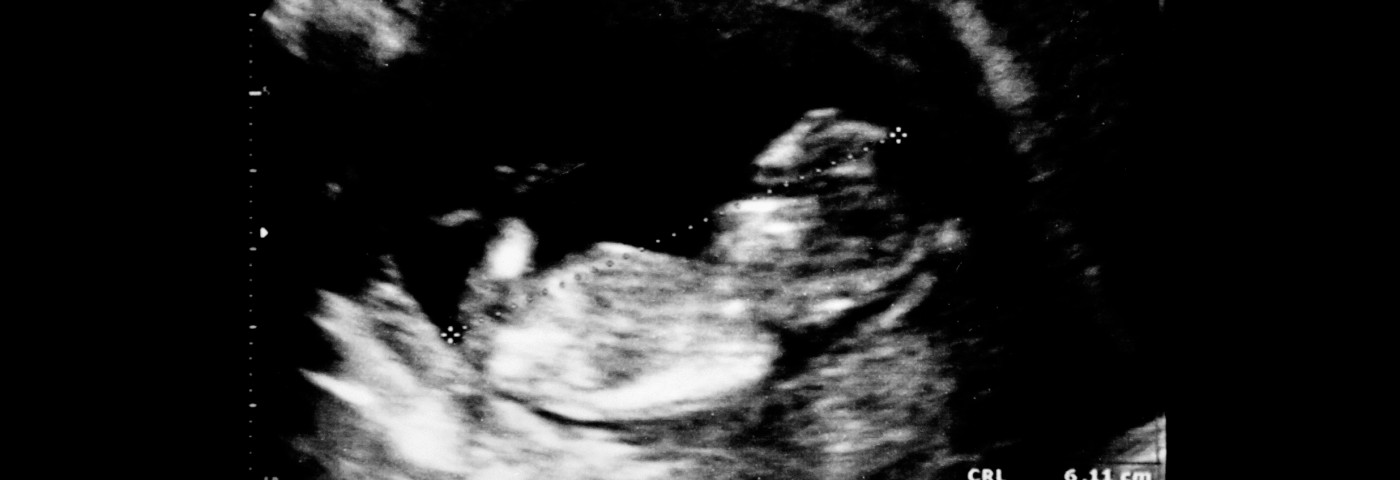Normal development in children with cerebral palsy is associated with feeding habits and non-small gestational development, according to a study titled “Growth during infancy and early childhood in children with cerebral palsy: a population-based study,” published in the journal Developmental Medicine & Child Neurology.
The study’s aim was to describe growth (weight, height, and head circumference) during infancy and early childhood in children with cerebral palsy, a term that comprises a group of neurological disorders that appears in infants or young children and permanently affects body movement, muscle coordination, and balance.
To perform this population-based study, authors collected data from public healthcare centers to assess growth in children who were diagnosed with the condition. In total, the research team included data from 104 children with cerebral palsy who were born with a gestation period of at least 36 weeks (data was from the Norwegian CP Follow-Up Program of children born from 2002 to 2010).
Authors calculated both standard deviation scores for weight and height for each child included in the study, from birth until the age of 5. They also determined head circumference from birth until age 12.
The researchers found that children with cerebral palsy had normal scores for weight and height when they have normal gestational sizes — non-small for gestational age. The same normal development was observed even if they had mild motor impairments. However, children smaller than normal for the gestational age (small for their gestational age), or those with severe motor impairments, showed impaired growth.
Difficulties in feeding during infancy also resulted in reduced growth in weight and height throughout early childhood, while children with normal feeding had a normal growth. A decreased head circumference growth was associated with small for gestational children at 12 months old.
The authors concluded that in the cohort analyzed, children with mild cerebral palsy showed normal growth in weight and height until the age of 5, accompanied with normal head circumference during infancy. A significant impairment in growth was associated with feeding difficulties in infancy and being born with small gestational age.

